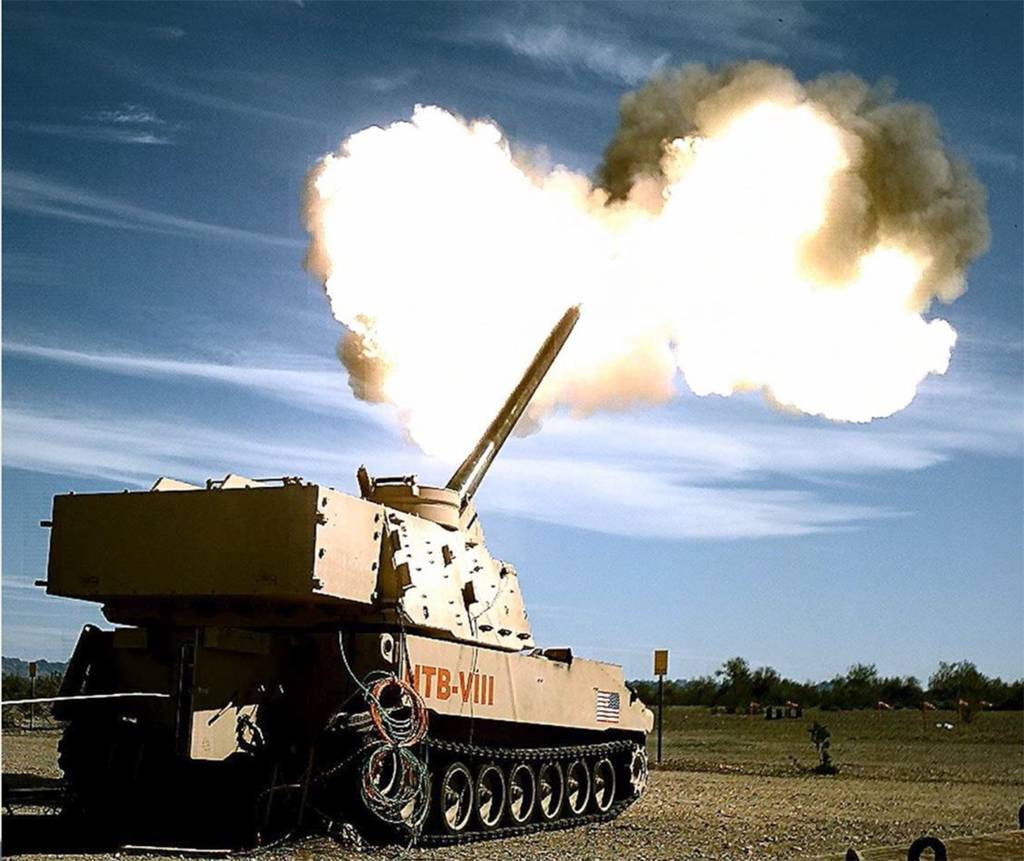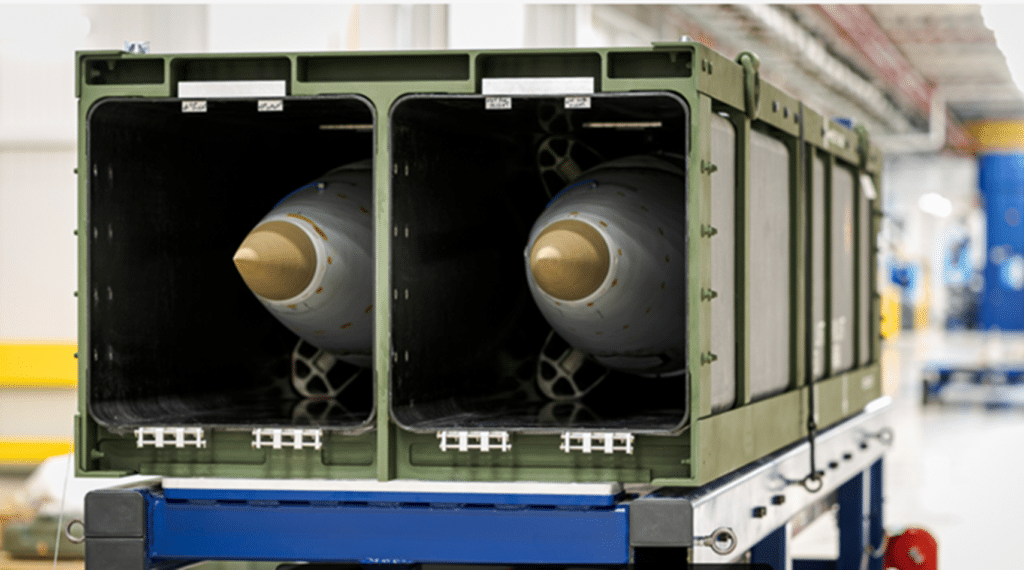Lockmart just been having issue getting their new shit to fly.
...exactly.
All failures of ARRW were related to the missile, designed by Lockheed. Literally nothing else.
The B-52s did not have pylons break off and drop ARRWs into the sea, the thermal protection system of the hyperglider did not fail on reentry except when it was carried into atmosphere by the booster itself, the kinetic warhead and guidance systems functioned properly when the booster deigned to detach and fall back to Earth.
A rocket that goes fast and drops a warhead that hits something with a metal rod is not hard to make. We've been doing it for decades with ICBMs like Minuteman, IRBMs like Pershing, and to a lesser extent with GMLRS and Alternative Warhead. There is nothing here unknown or novel, or at least that shouldn't be, assuming the engineers are competent. The novelty was the payload of the rocket the engineers were making, which was a known quantity, because it has been in a state of development for almost 20 years now beginning with the FALCON.
A cruise missile that breathes at supersonic speeds, and travels through atmosphere while maneuvering at high supersonics is hard to make, or at least it used to be. This seems to no longer be the case given how successful X-43, X-51, and HAWC were in general, but it's very much a novel piece of equipment compared to even FALCON. The only real novelty of FALCON and its progeny was trying to get the TPS to go from "exotic superalloys" to "carbon" for the duration of a atmospheric glide.
It can only really be explained by a lack of experience with either missile design in general, since the missile kept failing, or something to do with the B-52 integration since a lot of early problems were related to things like release from pylons. I suspect the former was the predominant issue, because of the test that failed due to improper shroud deployment and subsequent failure to release the BGV on 13 MAR 24, though.
The good news is that by the end of it all the Lockheed team had managed to gain sufficient competence to actually fire a complete prototype unit, one remnisicent of a operational weapon, and it succeeded on the first try. The bad news is that they were too incompetent to meet the initial fielding timeline and ran out of alloted budget and hours for further testing. For all anyone knows, at least for now, ARRW may still be an unreliable hunk of junk that just got a lucky last shot in.


